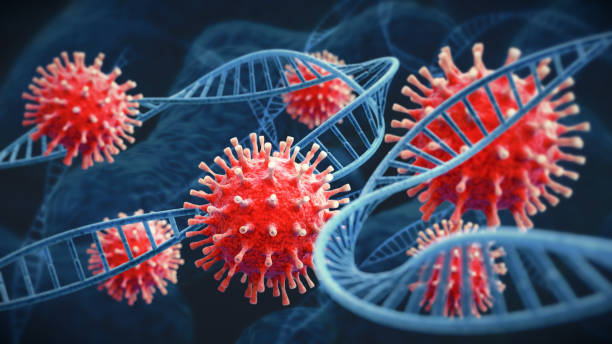A tumour or neoplasm is a solid mass of tissue formed by an abnormal growth of cells. This tissue mass serves no purpose; it varies in size and can develop in any area of the body, including the bones, glands, skin and organs. Tumours can be benign, premalignant or malignant.
Benign tumours are not cancerous or life-threatening. They are localised and do not spread to other tissues. Some benign tumours do not need treatment, but if they press on other vital tissues, they will need medical attention.
Premalignant tumours are benign tumours that will become cancerous or malignant if they are not treated on time.
Malignant tumours are cancerous and can spread to other tissues and organs; they are life-threatening and may resurface after treatment. These tumours grow rapidly. They create their own blood vessels and do not stop growing at any point; they can even grow over other tissues. In addition, a malignant tumour always looks the same as the normal tissues or organs surrounding it, making it difficult to differentiate.
Causes
Generally, tumours develop due to abnormal cell division and excessive growth of cells. The body controls the development of new cells through cell division, and new cells replace the old ones to ensure maximum performance. These old cells die off naturally, but if the cell growth balance is altered, a tumour may start to form. Usually, problems with the immune system disturb this balance, but other risk factors for tumours include:
- Viruses.
- Genetic problems.
- Excessive alcohol consumption.
- Benzenes and other chemicals.
- Obesity.
- Environmental toxins.
- Radiation exposures.
- Infections.
- Excessive exposure to sunlight.
Symptoms of Tumour
The symptoms of tumours depend on where it is located and whether or not it is malignant. For example, if it develops in the breast, you may be able to feel the mass like a lump.
Other symptoms to look out for include the following:
- Fever or chills.
- Fatigue.
- Pain.
- Lack of appetite.
- Night sweats.
- Unexplained weight loss.
Treatment
Tumours are treated based on where they develop in the body and whether they are benign or malignant. Some benign tumours don’t need treatment, but if they continue to grow and press on other vital tissues, surgery may be recommended.
For malignant or cancerous tumours, the treatment options include:
- Radiation therapy to destroy abnormal cells.
- Surgery to remove the tumour.
- Chemotherapy to shrink the tumour before surgery and to eliminate any lingering cells after surgery.
- Targeted therapy to stop or slow down the growth of cancer cells.
- Immunotherapy to stimulate the immune system to fight cancer.



